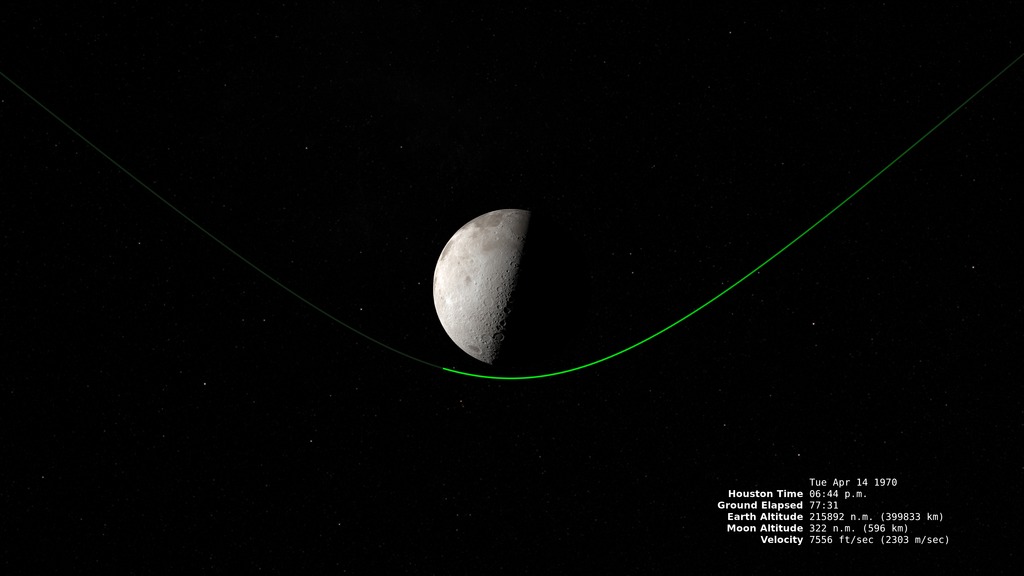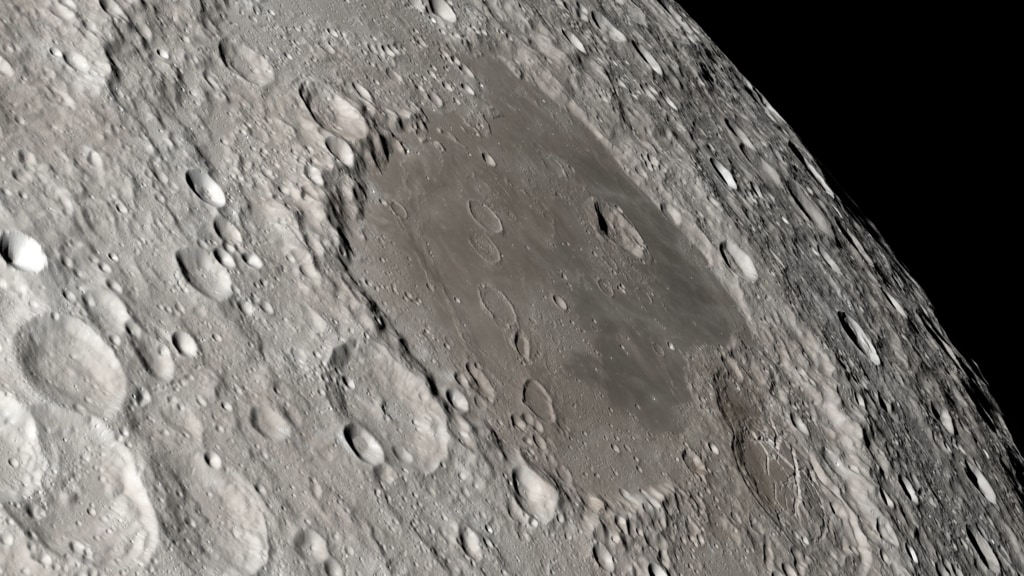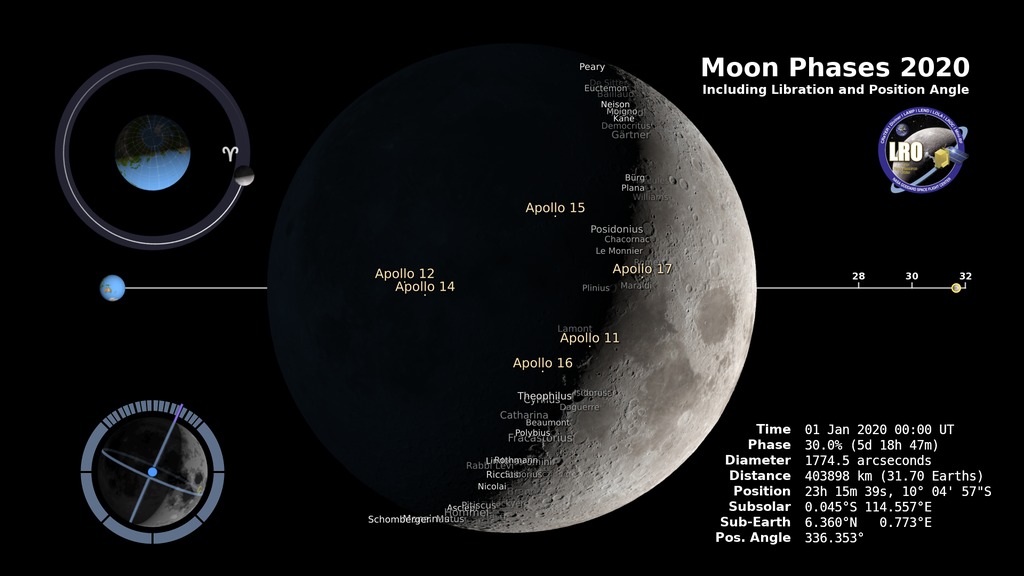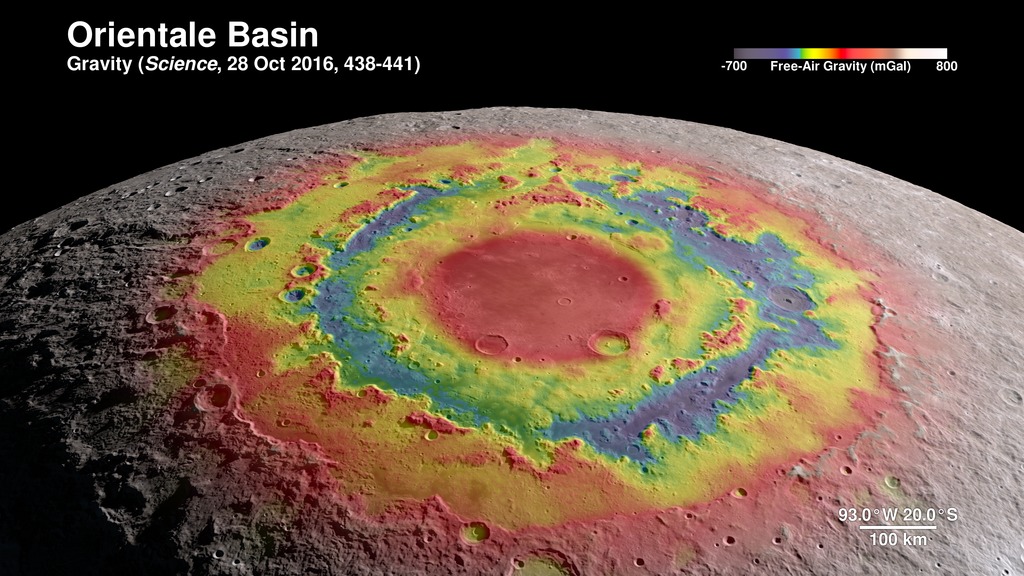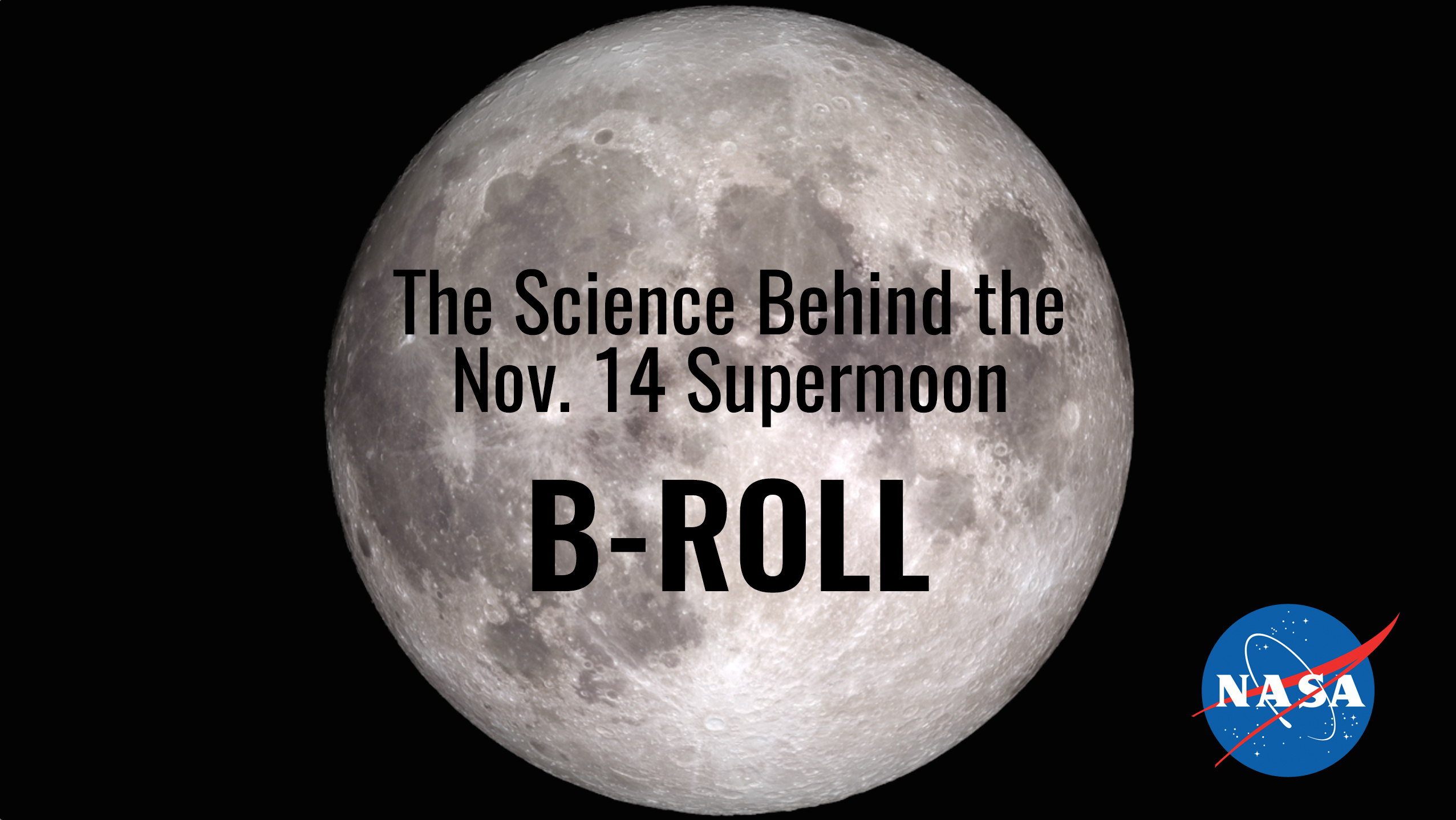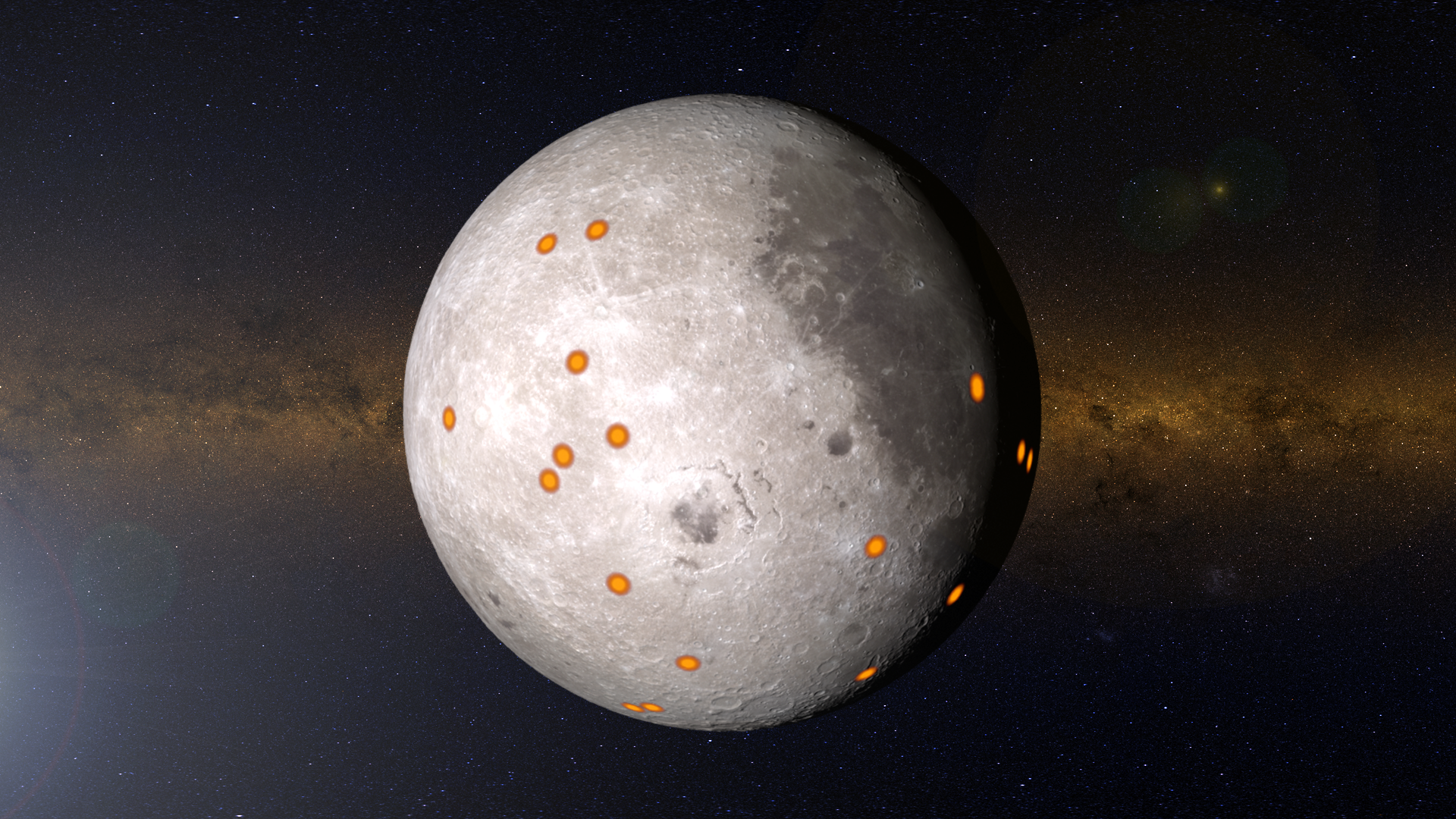Biggest and Brightest Moon of 2020 Live Shots

Click here for canned interview with Dr. Noah Petro
Click here for canned interview in Spanish with Dr. Geronimo Villanueva
Click here for B-ROLL for these interviews.
You can learn more about Apollo 13 as we near the 50th anniversary here:
NASA Commemorates 50th Anniversary of Apollo 13, ‘A Successful Failure’
Need something to do on Tuesday, April 7th? Make sure you check out the Moon! The Moon will be at its closest point to Earth in its orbit, making it appear bigger and brighter in the sky-- a Supermoon. Canned interview with NASA Scientist Dr. Noah Petro. TRT 7:24 B-roll for Supermoon Live Shot Canned interview in Spanish with NASA Scientist Dr. Geronimo Villanueva. TRT 4:27
NASA scientists are available virtually for live or taped interviews using programs including Skype or FaceTime on Tuesday, April 7th, from 6:00 a.m. – 1:00 p.m. EDT to tell your viewers when they can see this unique phenomenon and talk about the Moon’s past, present and future.
To Schedule an interview: https://forms.gle/W8T6JEVqTj2TbADz7
The Moon has an elliptical orbit, and it goes through periods of orbiting more closely to Earth. Tuesday’s supermoon will be the closest this year!
The Moon is a familiar sight in the night sky. Humans have been staring at it since the dawn of time. But even now we’re still learning new things about our closest neighbor. NASA’s Lunar Reconnaissance Orbiter (LRO) has been giving us an unprecedented close-up view of our Moon for over a decade. It’s showing us where meteorites are hitting the surface and changing the landscape even now, and where there are minerals in the lunar soil that could be resources for future explorers. The spacecraft is showing us every day that our Moon is dynamic and a fascinating place to explore.
As we mark the 50th anniversary of the Apollo 13 mission to the Moon later this month, NASA is looking to send the first woman and next man to the Moon with the Artemis program. This time to stay.
SUGGESTED ANCHOR INTRO: DID YOU KNOW THAT SOMETIMES THE MOON APPEARS SLIGHTLY LARGER IN THE SKY?... WELL, TONIGHT MAKE SURE TO CHECK OUT THE BIGGEST AND MOST DAZZLING MOON OF THE YEAR… WE HAVE NASA SCIENTIST…. TO TELL US MORE ABOUT THIS AMAZING PHENOMENON….
Scientists:
Noah Petro / NASA Scientist
Kelsey Young / NASA Scientist
Barbara Cohen / NASA Scientist
Michelle Thaller / NASA Scientist
Andrea Jones / Public Engagement Lead, Planetary Science at NASA Goddard
Geronimo Villanueva / NASA Scientist [can do interviews in Spanish]
Suggested Questions
What is a supermoon and why is it special?
NASA has been studying the Moon for 10 years with the Lunar Reconnaissance Orbiter, what are some surprising things we’ve learned about the Moon?
The 50th anniversary of Apollo 13th is coming up. Although the Apollo 13 astronauts didn’t land on the Moon, what did we learn from this mission?
NASA is planning an exciting new mission to the Moon with the Artemis program. What do we still want to know about the Moon?
How can our viewers see the supermoon and learn more?
Credits
Please give credit for this item to:
NASA's Goddard Space Flight Center
-
Producers
- Mariah Cox (NASA)
- Teresa Johnson (NASA/GSFC)
- Courtney A. Lee (ADNET Systems, Inc.)
- Michelle Handleman (USRA)
Release date
This page was originally published on Friday, April 3, 2020.
This page was last updated on Wednesday, May 3, 2023 at 1:45 PM EDT.
